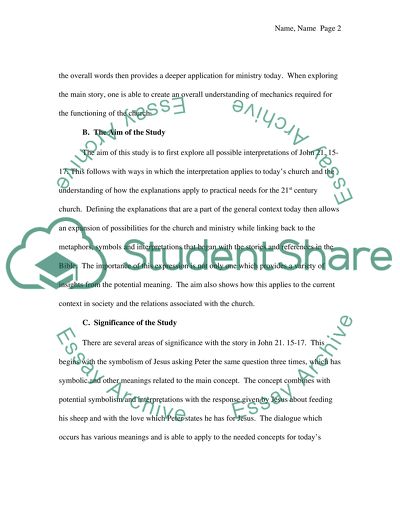Cite this document
(“A Theology of 'Feed my sheep' ministry in the context of New Life Essay”, n.d.)
Retrieved de https://studentshare.org/religion-and-theology/1391413-a-theology-of-feed-my-sheep-ministry-in-the
Retrieved de https://studentshare.org/religion-and-theology/1391413-a-theology-of-feed-my-sheep-ministry-in-the
(A Theology of 'Feed My sheep' Ministry in the Context of New Life Essay)
https://studentshare.org/religion-and-theology/1391413-a-theology-of-feed-my-sheep-ministry-in-the.
https://studentshare.org/religion-and-theology/1391413-a-theology-of-feed-my-sheep-ministry-in-the.
“A Theology of 'Feed My sheep' Ministry in the Context of New Life Essay”, n.d. https://studentshare.org/religion-and-theology/1391413-a-theology-of-feed-my-sheep-ministry-in-the.


